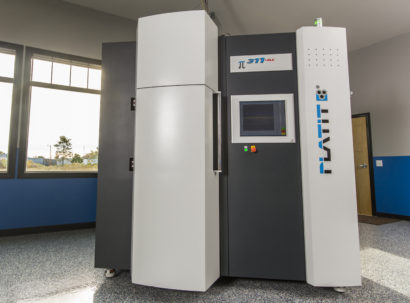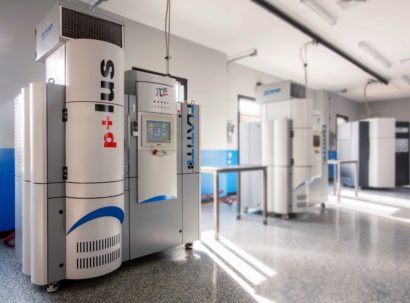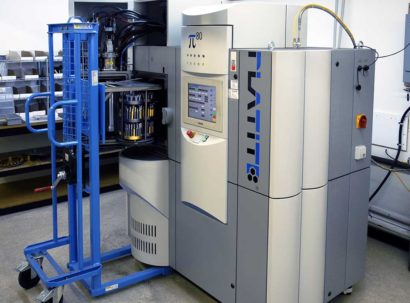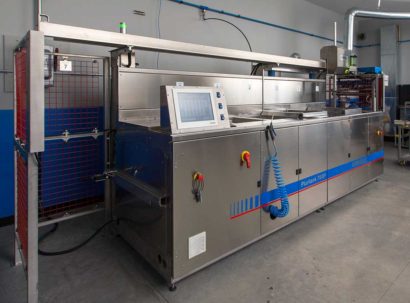TECHNOLOGY
To provide you with the best performing Cathodic Arc coatings available, ACS partners with Platit, a leader in advanced coating systems. Our customers benefit from the turnkey systems that give us the option of applying a variety of coating types.
Our quality control process also uses the latest technology in our testing and test effectiveness programs.
EQUIPMENT FOR COATING SERVICES
PLATIT Π311
- Compact hard coating unit
- Based on the brand new PLATIT technologies:
- LARC® : LAteral Rotating ARC Cathodes
- CERC®: CEntral Rotating ARC Cathode
- Coating on tool steels (TS) above 230°C, high speed steels (HSS) 350-500°C and on tungsten carbide (WC) between 350-600°C


PLATIT Π80+
- Compact hard coating unit
- Based on PLATIT LARC® technology (LAteral Rotating Cathodes)
- Coating on tool steels (TS) above 200°C, high speed steels (HSS) 350-500°C and on tungsten carbide (WC) between 350-700°
- With Virtual and Tube shutter®
PLATIT 80
- Compact hard coating unit
- Based on PLATIT LARC® technology (LAteral Rotating Cathodes)
- Coating on tool steels (TS) above 200°C, high speed steels (HSS) 350-500°C and on tungsten carbide (WC) between 350-700°
- With Virtual and Tube shutter®


EUROCOLD PLURITANK 70/80P
This unique cleaning system is pre-programmed to properly cleanse your items prior to coating. The items are loaded into a basket and the robotic arm transfers the contents automatically through the machine. This process helps ensure that all items being coated are free from particles, dirt, and other potentially problematic contaminants.
HOW ADVANCED COATINGS SERVE YOUR APPLICATION
Coatings from ACS extend the life and enhance the performance of a wide range of bits, tools, parts, and components for numerous manufacturing and fabrication tasks:
Cutting
- reduces abrasive, adhesive, and crater wear on tools for wet, dry, and high-speed machining, as well as ARC droplets and friction between tool and chip
Punching
- reduces effects of friction on punches, molds, and dies
Forming
- reduces friction, wear, edge build-up and striation during extrusion, molding, deep drawing, and coining, minimizing the need to re-polish functional surfaces
Injection Molding
- reduces wear and roughness while improving surface texture and “release” to permit shorter cycle times
Tribology
- reduces abrasive wear for dry operations, which eliminates the need for environmentally damaging lubricants
